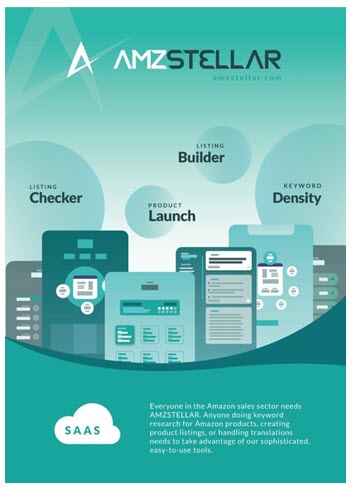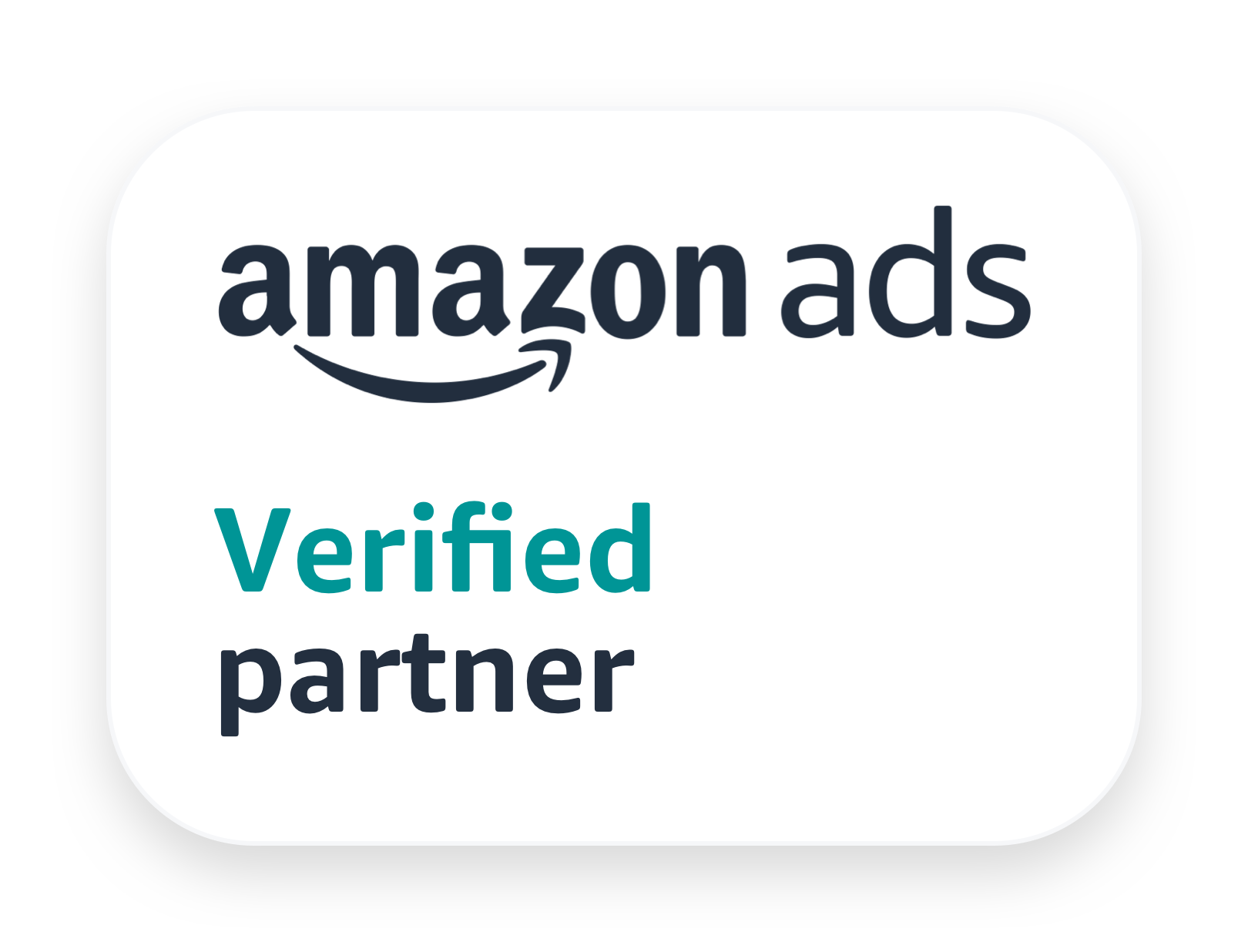If you are thinking of expanding your business and selling worldwide, you should definitely not ignore the European markets. The Amazon Europe Marketplace is the second largest marketplace outside of the United States. Take into consideration that Germany and UK make up 17% of Amazon’s foreign market.
Note, a free eBook goes along with this article, and there will be another link at the end to grab your copy. Here’s the link now, if you’re interested:
Now
With an Amazon Europe Marketplaces account, you can conveniently switch in Seller Central Europe between Amazon.co.uk, Amazon.de, Amazon.fr, Amazon.it, and Amazon.es seller tools to list products and manage orders in multiple marketplaces.
As an online seller, you’re seeking to explore new markets that will boost business and allow you to reach new potential customers. Launching a product in Amazon EU is becoming common for those selling on Amazon as a non-US resident, so if this sounds familiar to you, take a look at what follows:
Countries that make up Amazon Europe:
- Italy
- Spain
- United Kingdom
- France
- Germany
One of the main advantages is the level of competition on the European market, which is considerably lower compared to the US market. This means that the cost for launching a product is lower than in the US market.
You should feel confident and secure if you decide to establish a base in Amazon Europe because the company is pretty committed to that area.
Amazon has already invested €15 billion in the European Union since 2010, and doesn’t seem to slow down. It is worth mentioning that over 93 million users currently shop on the EU marketplace, making it a great area to start selling your products. Amazon delivers to over 50 countries in Europe and has made its Fulfillment by Amazon (FBA) delivery eligible in 26 countries. In aggregate, Citi estimates Amazon has grown its global fulfillment property footprint by over six times since 2010.
EU Market: The perfect place to expand
It is generally accepted that the US marketplace is full of numerous common goods and services. But these goods and services are not always available in the European market.
So, if you have found out that your sales are falling, take advantage of this opportunity and try this location instead.
What you need is a solid strategy that will bring fresh new customers. Ready to expand to Amazon Europe?
Below you will find some main points you need to have in mind before starting your business:
How VAT Works In Europe
If you sell goods in any EU country, it’s likely that you will be required to register for Value Added Tax (VAT). VAT is a tax in Europe on consumer spending (Value Added Tax). The VAT is a tax to keep things fair for home producers. It’s a consumption tax charged to the seller. The key factors that determine if you have an obligation to register for VAT are: your business’ country of establishment, the location of your inventory, and your level of sales.
Each country has its own VAT rate, and you’ll need to register for one in every country that holds inventory. That’s why selling in 5 countries can be pretty complicated. With distance selling, you need to sign up for VAT if you go over the threshold; or expect to go over it within 30 days.
As an option, you can create a business inside the UK. Then you’ll have a threshold of up to 80k pounds to work within.
VAT can be a complicated aspect to your business. Every country is slightly different; A good advice is to practice your due diligence before you set up a business in the country you select.
What Products Would Sell In Amazon Europe?
You can use tools like JungleScout or Viral Launch, to figure out which product would be a good fit for the European marketplace.
These online tools can also provide you with information about your competitors. With a convenient Chrome Extension, JungleScout takes all the guesswork out of choosing products.
Save yourself several research hours that you’d had to spend in order to find a profitable product to sell.
The Power Of Language
They say that a picture is worth a thousand words but when selling on Amazon, a good photo is not enough! Consider hiring a translator for your product listings. Google translate can be a helpful tool but only for basic communication, because its mistakes can be critical. Although the words may seem similar to the computer, it can cause awkward and embarrassing misunderstandings.
Beware that your potential customers are suspicious of product listings that are visibly written by a non-native speaker. They will hesitate buying your products if they visit a bad product page.
If you aren’t a native speaker of the country you’re selling, choose someone who has prior experience in translating Amazon listings and some expertise on how to SEO your listings for the keywords your customers will be searching for.
While you are making your keyword research, you can use some great tools to help you. These include Keyword Inspector, Merchant Words and AMZStellar. These tools work by allowing you to quickly assess how much traffic specific keywords have.
It will be much easier for your customers to find your products if you manage to optimize your product listings. A native speaker can create a product listing that will blend the right keywords invisibly into the descriptions.
Tune In For Part 2
In Part 2 we cover more on the EU, such as getting organic reviews for a new launch, setting up PPC campaigns, how an EU seller can sell in the US and more.






